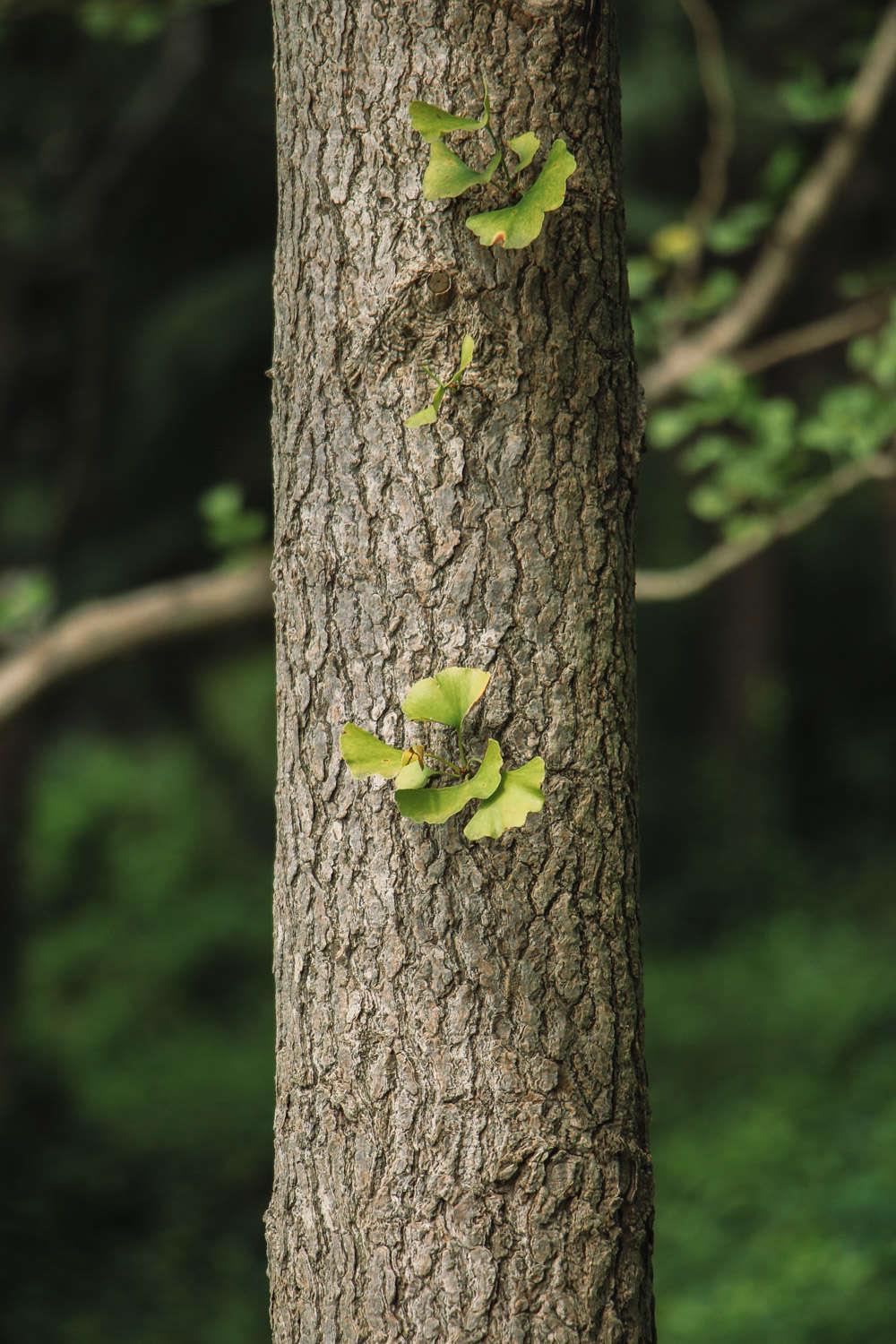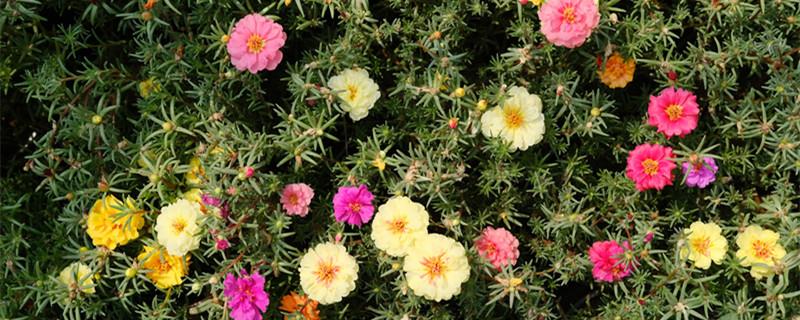The best time for ginkgo grafting, what tree is best for ginkgo grafting?
Last Update :2024.12.03
Article Catalog
Ginkgo grafting is usually done in spring or autumn, and spring is generally between rain and Qingming. There are many methods of grafting. If it is split grafting, you need to choose a sapling less than 5 years old as the rootstock and a 1-3 year old branch as the scion. Cut the bottom into a wedge shape and insert it into the rootstock to fix it. There are no requirements for rootstocks in cutting grafting and bark grafting. The scions generally use 2-3 year old branches, and the bottom can be cut into a bevel and inserted.

1. Grafting time
1. Grafting time
Ginkgo grafting is usually done in spring and autumn. Spring grafting should be carried out at different times in different regions. Generally, in Zhejiang, it is done around the time of rain and Qingming. In the south, the temperature rises earlier, so it must be carried out earlier, while in the north, it must be postponed. Grafting in autumn generally takes place during the rainy season. If the climate is too dry, the success rate of grafting will be reduced.

2. Rootstock Selection
Ginkgo Only ginkgo can be chosen as rootstock for grafting. Although it is dioecious, female ginkgo can be grafted with male ginkgo, and male ginkgo can also be grafted with females, or ordinary ginkgo can be grafted with some excellent varieties. In addition, depending on the grafting method, there are also requirements for the age of the rootstock. For example, saplings less than 5 years old are generally selected for chopping grafting, while large and small trees can be grafted by cutting or bark grafting.

3. Scion treatment
According to Depending on the grafting method, the scion treatment methods are also different. For cleft grafting, choose a mature tree and use a thick branch that is 1-3 years old as the scion, and the bottom should be cut into a wedge shape. Use 2-3 year old branches for cutting, and cut the bottom into a bevel. The skin splice is similar to the cut splice, but the bevel is longer. Bud grafting requires cutting the selected bud pieces into shield shapes.

4. Grafting
Preparation After the rootstock and scion are ready, grafting can begin. Insert the bottom of the scion into the incision of the rootstock, wrap it with plastic film and tie it tightly to prevent outside water and air from entering, which may cause wound infection. Pay attention to maintaining air humidity. If it is too dry, it will not be conducive to survival.
2. Rootstock selection
3. Scion treatment
4. Grafting
- END -
Rare sunflower varieties

1. Feihong sunflower: Although its flowers are small, they are large in number and...
Will pothos grow in water and freeze to death in winter? Can it be basked in the sun in winter?

Pothos grown in water will generally not freeze to death in winter, but if the wat...